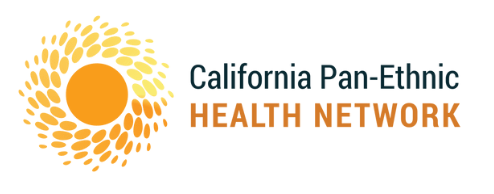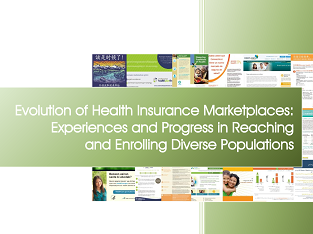Editor’s note: This report from Texas Health Institute features a great analysis of outreach and enrollment in Covered California and how it compares to other states.
Health insurance marketplaces have enrolled over 14 million individuals in health insurance since the first open enrollment began in 2013 — an unprecedented achievement that together with Medicaid expansion in many states has lowered the national uninsured rate to its lowest in over 15 years. Despite this momentum, and notwithstanding gains across virtually all racial and ethnic groups, uninsured rates are still much higher for groups such as Latinos and African Americans as compared to Whites.
In recognizing both the progress to date and the millions still without insurance, the Texas Health Institute’s (THI) newly released report Evolution of Health Insurance Marketplaces: Experiences and Progress in Reaching and Enrolling Diverse Populations, supported by Kaiser Permanente’s Community Benefit National Program Office and the W.K. Kellogg Foundation, examines how health insurance marketplaces are adapting to reach those yet to be enrolled. The report underscores the importance of assuring that health equity is woven into the fabric of health insurance marketplaces as this central focus helps drive planning and programs that ensure that all populations, and especially those harder-to-reach, are engaged in appropriate ways that foster trust and understanding to successfully enroll and retain their coverage. (Click to view Executive Summary.)
Building on findings from THI’s 2013 publication on marketplaces, the new report describes experiences over time (from planning through the second open enrollment period) from state-based, partnership, and federally facilitated marketplaces across 11 states — Arkansas, California, Colorado, Connecticut, Florida, Illinois, Maryland, New York, Oregon, Texas, and Washington. The report documents actions and decisions that marketplaces and organizations have made to reinforce or adapt their approaches to better reach racially and ethnically diverse populations, especially as they have worked to address other challenges, such as declining federal funding, technological barriers, and political antipathy.
“This report has revealed how states across the country have come to see that the success of their marketplace and success in reaching diverse communities are one and the same” commented Dennis Andrulis, Senior Research Scientist at THI and director of the project. He added that, “in telling the stories emerging from these states and their communities, the report shows how these states, their advocates, and other constituents are using their experiences and assessments to redesign programs and direct resources to target priority populations in the coming years so that they become and remain insured.”
Based on research and interviews with marketplace officials and advocates, the study finds that building partnerships, trust, and positive word-of-mouth are paramount to spreading awareness, dispelling myths, and helping overcome fears among immigrants and individuals with limited English proficiency. Also important is the need for continuous, personal interaction, or multiple touches, along with tailored, culturally and linguistically appropriate materials in multiple languages to foster understanding and enrollment among diverse communities. The report closes with several important considerations in the ongoing dialogue to better meet the needs of diverse populations in coverage and access:
- Advancing health insurance literacy, especially to assist low-income individuals, immigrants, and others in understanding how to use health insurance and navigate the system;
- Improving population-specific data collection and reporting, especially by race, ethnicity, and language, to enable monitoring of progress, gaps, and areas for improvement;
- Assuring sustainable funding for outreach and enrollment programs, supplementing federal and marketplace support with private and philanthropic support or other sources when possible, especially to reach hard-to-reach diverse populations;
- Exploring the impact of churn between Medicaid and marketplace eligibility on continuity of care for lower-income diverse individuals and families, identifying ways to address issues such as administrative delays, discontinuity of coverage, and changes in provider networks; and
- Recognizing that low-income diverse populations will comprise a large proportion of those remaining uninsured, requiring continuous assessment of progress and lessons, as well as innovation and investment.
The audience for this report is broad, and includes marketplaces that can benefit from lessons learned and best practices on engaging racially and ethnically diverse communities and designing strategies to address culture and language in outreach and enrollment. Community-based and advocacy organizations can draw on opportunities to collaborate and be engaged to assure equity is integral to their state’s marketplace. And philanthropy may look to the report to identify opportunities to fill important gaps in explicitly supporting outreach and enrollment of diverse populations.

